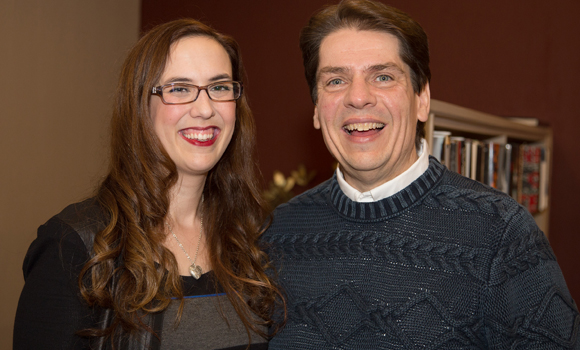Three Pennsylvania higher education institutions are the beneficiaries of large grants aimed at ensuring the state’s economic future — though in different ways.
Westminster College in New Wilmington won $1.027 million through the Robert Noyce Teacher Scholarship Program of the National Science Foundation, an initiative aimed at increasing qualifications of secondary educators in science, technology, engineering and mathematics.
The school's IQ STEM program will work with high-need secondary schools in four Western Pennsylvania school districts to narrow the achievement gap. Also included is the Noyce Scholar Program, which supports academic scholarships for undergraduate STEM majors who commit to teaching in high-need K-12 school districts.
According to Westminster, the program is projected to lead to a 53 percent increase in highly qualified STEM teachers in Western Pennsylvania and produce a cohort of 20 educators at the end of five years.
In a separate development, Carnegie Mellon University in Pittsburgh and Lehigh University in Bethlehem will each receive $1 million to support the state’s Research in Advanced Manufacturing in Pennsylvania program (RAMP), created support collaborative innovation projects with Pennsylvania manufacturers.
Carnegie Mellon will receive $1 million from the Discovered and Developed in PA program to support CMU and Lehigh's research on additive manufacturing (also known as 3-D printing). A $1 million grant to Lehigh from America Makes and private industry contributions has also been provided in matching dollars to fund the partnership.
The grants will support 10 projects that include the fabrication of medical instruments for knee and hip replacement, and complex additive processing parameters with various materials.
Additive technology employs computer design and computer-driven machinery to build complex parts and devices in microscopic layers, using plastics or powdered metals. The technology makes it possible to create shapes and designs previously impossible with traditional manufacturing methods.
Sources: Westminster University, PA Office of the Governor
Writer: Elise Vider

